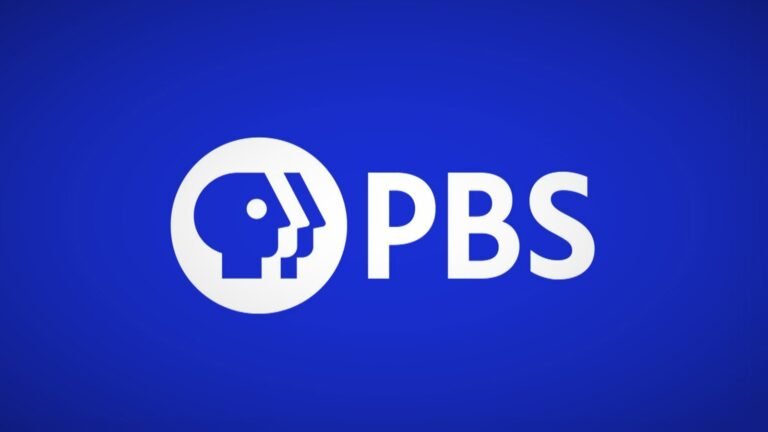Summary Points
-
Data Breach Details: PBS experienced a data breach exposing corporate contact information of 3,997 employees and affiliates, including names, emails, titles, and other personal data, confirmed after shared on Discord.
-
Origins and Distribution: The exposed data was circulated on Discord servers primarily frequented by fans of "PBS Kids," rather than on dark web sites, driven by curiosity rather than malicious intent.
-
PBS Response: PBS is conducting an ongoing investigation into the breach, confirming that the data was stolen from their internal service, MyPBS.org, and has notified affected users.
- Potential Risks: While no malicious use has been reported yet, concerns arise about potential misuse for harassment or doxxing, highlighting ongoing vulnerabilities amid increasing scrutiny of public broadcasting entities.
The Issue
Recently, PBS experienced a data breach that compromised the corporate contact information of nearly 4,000 employees and affiliates, a revelation uncovered by the tech news outlet BleepingComputer. This breach, initially reported earlier in the month, involved a file circulated on Discord servers frequented by “PBS Kids” fans, where the primary motive behind sharing such sensitive information seemed to stem from a mix of novelty and youthful rebellion rather than any intention for financial exploitation. The file contained extensive personal data, including employee names, titles, and contact details, all extracted from MyPBS.org, a service meant for public television staff. PBS has since initiated an investigation into the breach, confirming that no other systems were compromised.
The implications of this breach are significant, as it raises concerns about potential harassment or doxxing in a political climate already scrutinizing PBS and NPR. BleepingComputer reported that, while malicious use of the leaked data had not been confirmed, its circulation in fan communities highlights the precarious nature of digital data security and the unintended consequences stemming from seemingly innocuous settings where individuals, particularly young fans, gather online. Thus, the event stands as a cautionary tale about the intersection of curiosity, youthful indiscretion, and the grave responsibilities tied to sensitive digital information.
Potential Risks
The recent data breach at PBS, which exposed the corporate contact information of nearly 4,000 employees and affiliates, poses significant risks beyond immediate repercussions for the network itself. The incident underscores a larger vulnerability for businesses and organizations across the digital landscape, particularly those relying on internal platforms for sensitive data management. With this particular breach being shared among Discord communities, there is a heightened threat of unintended misuse, including harassment or doxxing, which could manifest in real-world consequences for affected individuals. Such breaches can diminish trust among users, impair brand reputations, and create ripple effects where other organizations may face increased scrutiny or punitive measures—especially if they are perceived as inadequately safeguarding employee information. Furthermore, as the data’s circulation persists, the potential for subsequent breaches or similar attacks rises, compelling organizations to re-evaluate and bolster their cybersecurity frameworks to mitigate exposure to novel risks that arise from the intersection of youthful curiosity and digital recklessness.
Possible Remediation Steps
Timely remediation is crucial in safeguarding sensitive information and maintaining public trust, particularly when news of a data breach surfaces.
Mitigation Steps
-
Immediate Incident Response
- Activate the incident response team.
- Contain the breach to prevent further data leakage.
-
Data Assessment
- Assess the extent of the data compromised.
- Identify which employee information was leaked.
-
Notification Protocols
- Notify affected employees promptly.
- Communicate with relevant stakeholders to manage reputational impact.
-
Investigation and Analysis
- Conduct a thorough investigation to determine breach origins.
- Analyze system vulnerabilities that were exploited.
-
Policy Review and Update
- Review data protection policies to identify gaps.
- Update protocols to prevent similar breaches in the future.
-
Enhanced Training
- Provide security training for employees.
- Emphasize the importance of data privacy and reporting suspicious activities.
- Strengthening Security Measures
- Implement advanced security protocols, including encryption.
- Regularly update software to patch vulnerabilities.
NIST CSF Guidance
According to the NIST Cybersecurity Framework (CSF), organizations should implement a proactive risk management strategy. For a deeper dive into best practices pertaining to incident response and mitigation strategies, refer to NIST SP 800-61, which focuses specifically on Computer Security Incident Handling. This document provides a comprehensive guide on establishing an effective incident response program, underscoring the importance of preparation, detection, and timely remediation in managing cybersecurity threats.
Advance Your Cyber Knowledge
Explore career growth and education via Careers & Learning, or dive into Compliance essentials.
Understand foundational security frameworks via NIST CSF on Wikipedia.
Disclaimer: The information provided may not always be accurate or up to date. Please do your own research, as the cybersecurity landscape evolves rapidly. Intended for secondary references purposes only.
Cyberattacks-V1

